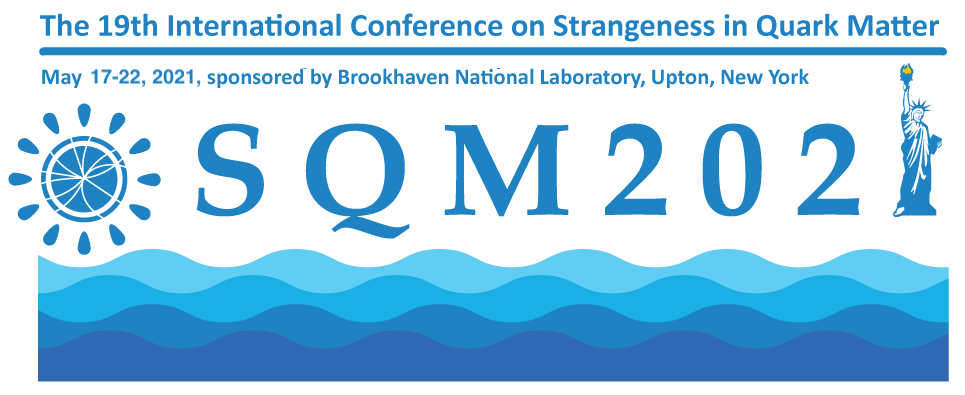Speaker
Description
The study of identified particle production as a function of event multiplicity is a key tool for understanding the similarities and differences among different colliding systems. The multiplicity dependence of particle production has been previously studied as a function of center-of-mass energy in pp and Pb-Pb collisions. Now for the first time, we can investigate how particle production is affected by the collision geometry in heavy-ion collisions at the LHC.
In this talk, we report newly published ALICE results on charged and identified particle production in Pb-Pb and Xe-Xe collision at $\sqrt{s_{\rm NN}}$ = 5.02 TeV and $\sqrt{s_{\rm NN}}$ = 5.44 TeV, respectively, as a function of transverse momentum ($p_{\rm T}$) and collision centrality. Particle spectra and ratios are compared between two different colliding systems at similar charged-particle multiplicity densities (⟨d𝑁ch/d𝜂⟩), and different initial eccentricities. We find that in central collisions, spectral shapes of different particles are driven by their masses. The $p_{\rm T}$-integrated particle yield ratios follow the same trends with ⟨d𝑁ch/d𝜂⟩ as previously observed in other systems, further suggesting that at the LHC energies, event hadrochemistry is dominantly driven by the charged-particle multiplicity density and not the collision system, geometry, or center-of-mass energy. Finally, results are discussed in the context of statistical hadronization models as well as pQCD-inspired models.
| Collaboration | ALICE |
|---|
